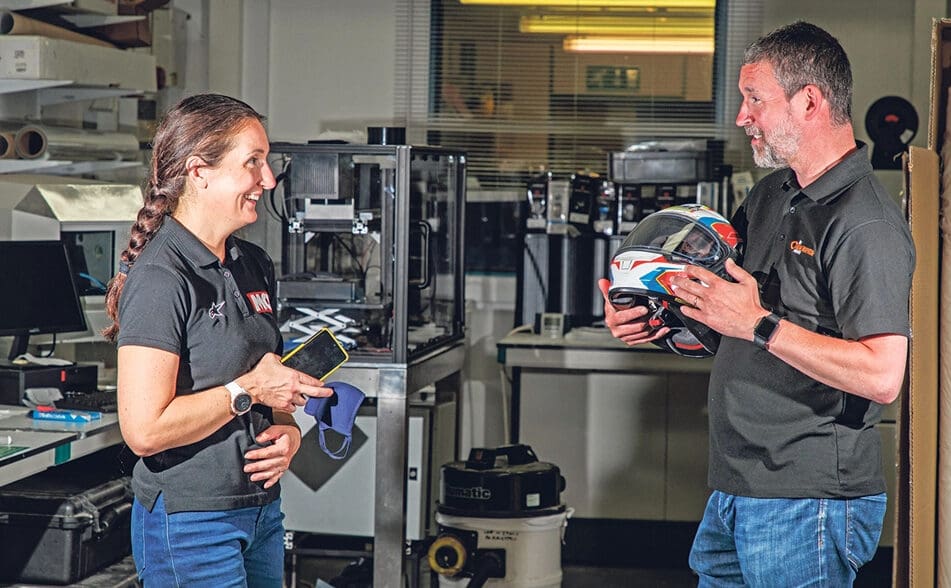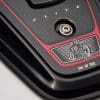In the world of motorcycle riding today, one of the first things we are taught is never to drop our helmets. It can mean the difference between a safe noggin and a broken watermelon in the event of an incident, yet so much hinges on careful care of the helmet itself.
What happens if a cherished cherub runs off with it and trips if it’s just a little drop if you were given one too many congratulatory bonks on the head after a particularly good run?
How can you be truly sure of the state of your helmet – and your own safety?
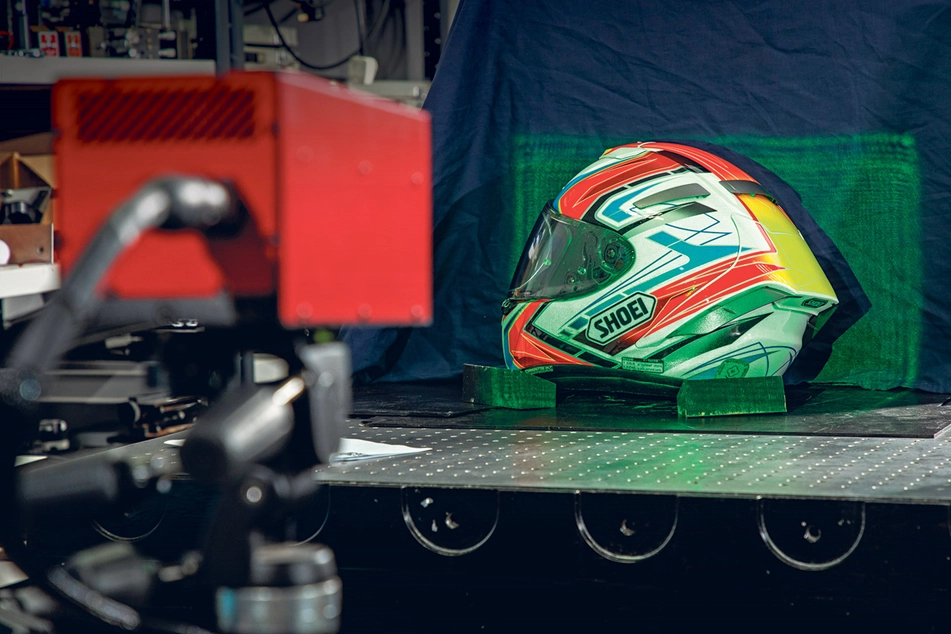
The Helmet Inspection Company was founded with just such a question in mind – and they’ve created a £39.99 ($54.13 USD) scan that allows you to see if your helmet has been damaged.
“It’s a gut-wrenching feeling,” Aberdeen biker and company owner Martin Slowey tells MCN in an interview, “Having just spent hundreds on a new lid only to have to replace it because it might be damaged.”
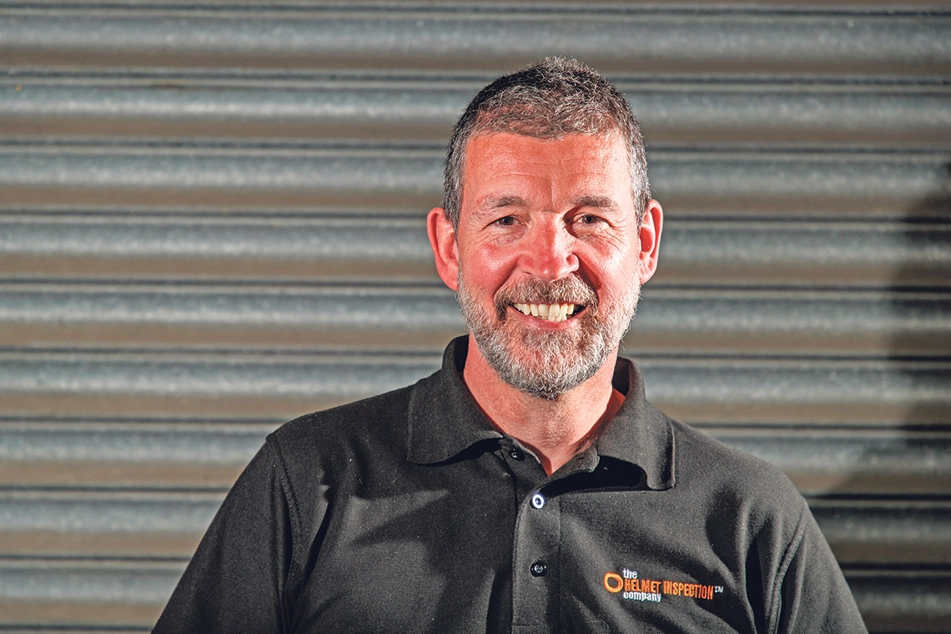
“We’re all told that once a helmet’s been dropped, no matter from what height, that it should be replaced, but I just couldn’t believe that there wasn’t a way to examine the shell to see if it had suffered any damage. But it was true, and no such service was available, short of cutting the helmet in two.”
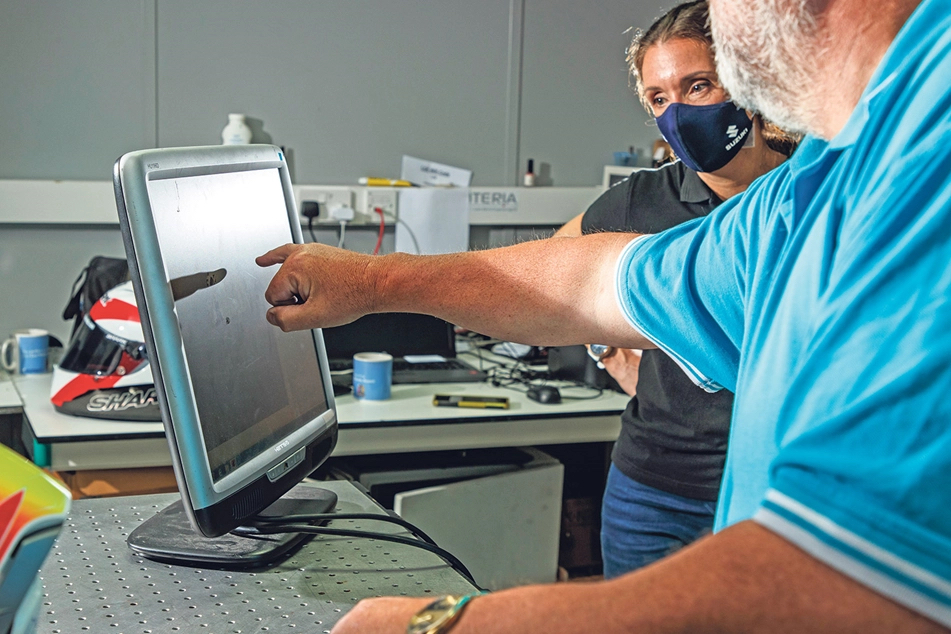
But technology, Slowey soon found out, could be had by shifting sideways onto another track – in this case, the realm of holography, where aerospace, nautical and military applications use scans to check things like lifeboat hulls and submarine structural integrity.
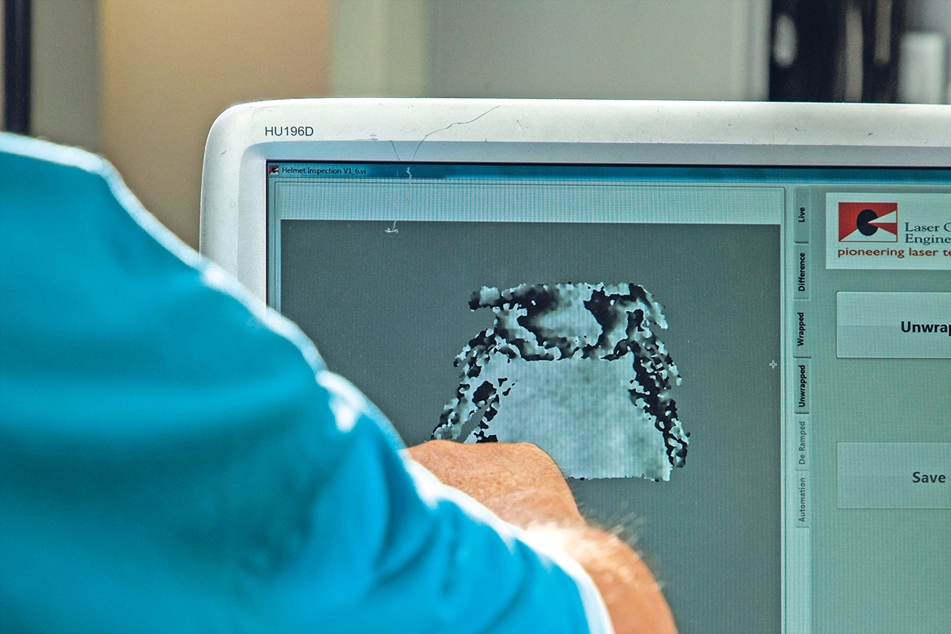
“It involves using a laser to create a 3D holographic image of the helmet from multiple inspection points – this is our baseline,” Martin explains.
“We then systematically move around the helmet, adding a small amount of heat – only a couple of degrees – to the surface. In areas where there’s a defect, the heat will cause the composite to expand and contract at a different rate to the rest of the shell.”
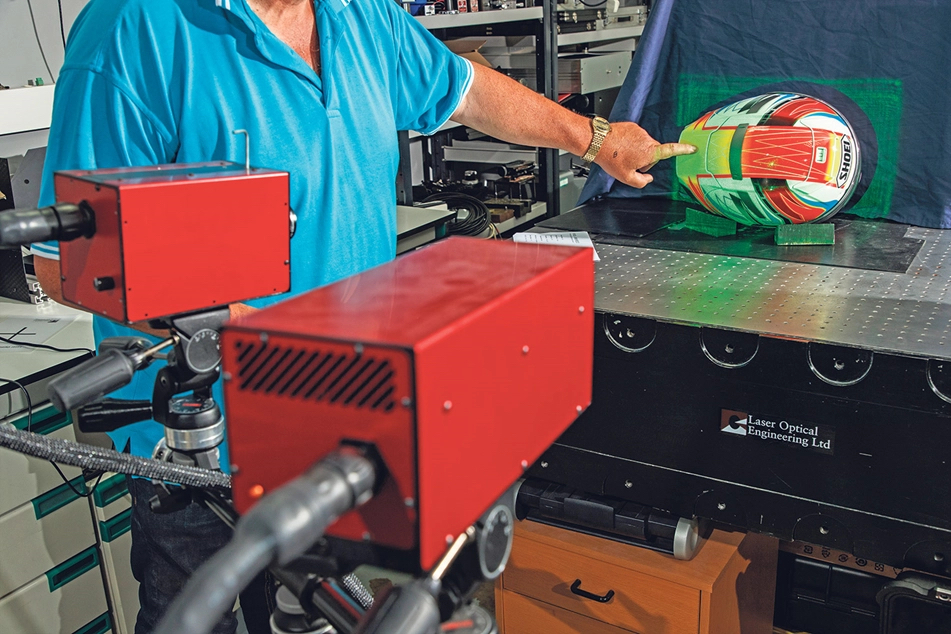
“Our instruments – 100,000 times more sensitive than the human eye – detect these movements and feed the info back to the software which displays it as an interference pattern.”
The big moneymaker, though, is in the ability to list the old helmet on the wall as A-OK for flight.
“We’ve tested customer’s [motorcycle] helmets as old as eight years and passed them as fit to wear because the scan showed no defects to the shell,” says Martin.
“You could think of our service as like an annual MoT for your helmet, just send it to us or take it to one of our drop-off points at a dealership, and if we give it a pass on the inspection certificate, then it remains fit to use at the point we tested it.
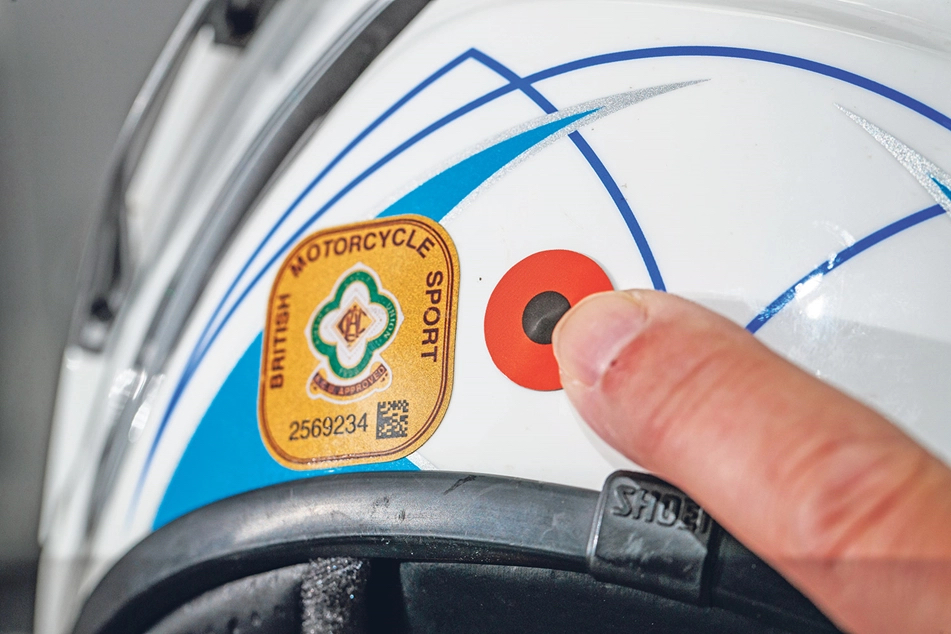


“Every lid that comes to us gets an NFC sticker applied to it, which is a bit like an ID tag for that helmet, then when we see it again in the future, we just scan the tag to bring up that lid’s previous test data.”
As realistic as the goals of The Helmet Inspection Company are, SHARP – the Government’s independent helmet safety scheme – are more dubious of the helmet tests.
“It’s very difficult to check the condition of the EPS, as not all brands have black-painted EPS coatings on the inside, nor is it possible to see the back side of the EPS closest to the inside of the shell…for this reason, we would not recommend customers rely on a test like this and instead would reiterate that if your helmet has taken any impact, then it’s always best to replace it.”
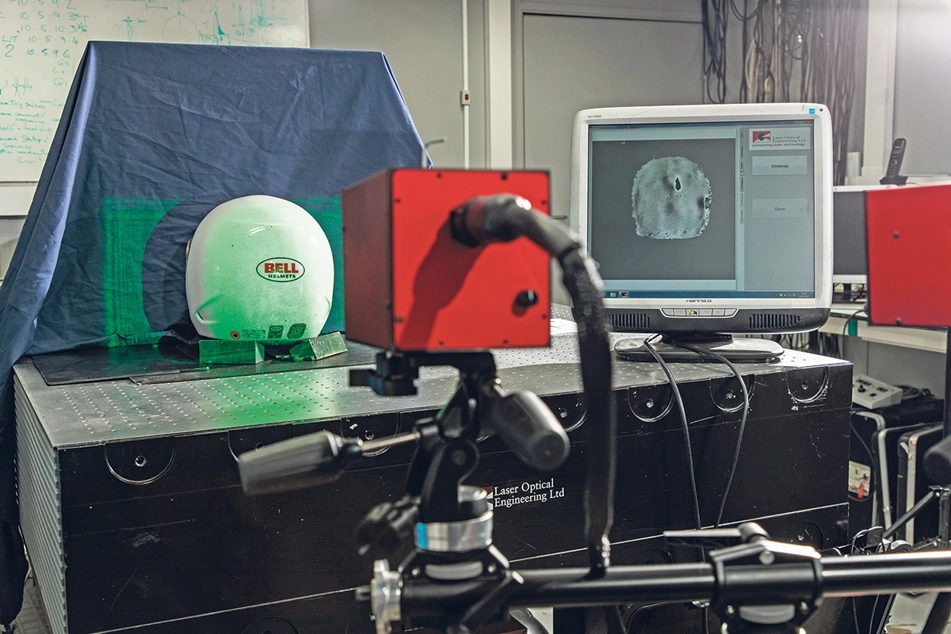


I, for one, would love to see a process like this integrated into a biker’s annual check-up, though it appears there are still some kinks to be worked out for the scans to be integrated into today’s riding standards.
Our best to the lot, and make sure to check out related articles on helmet safety from our archives.


